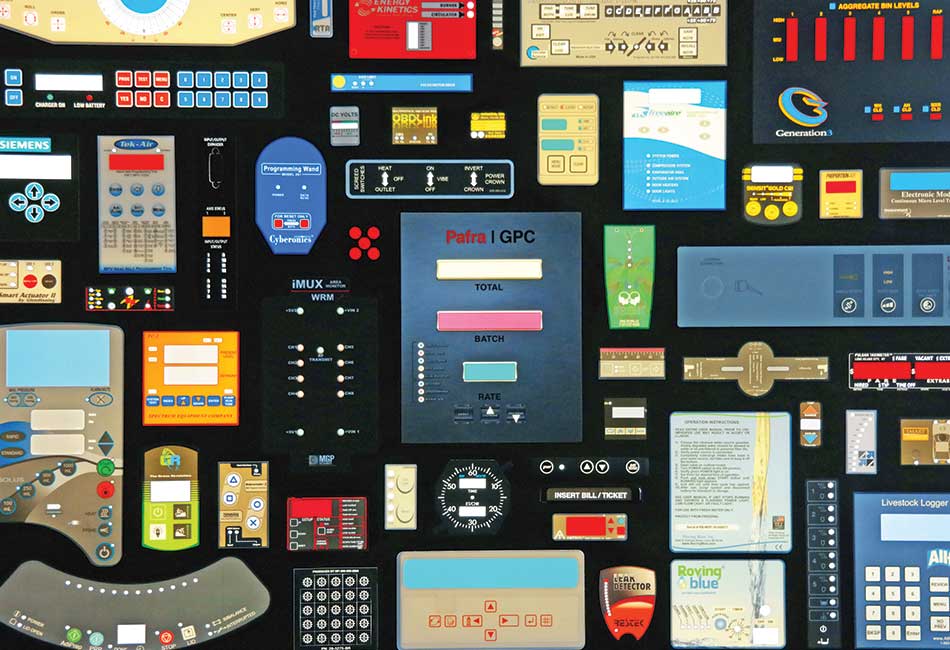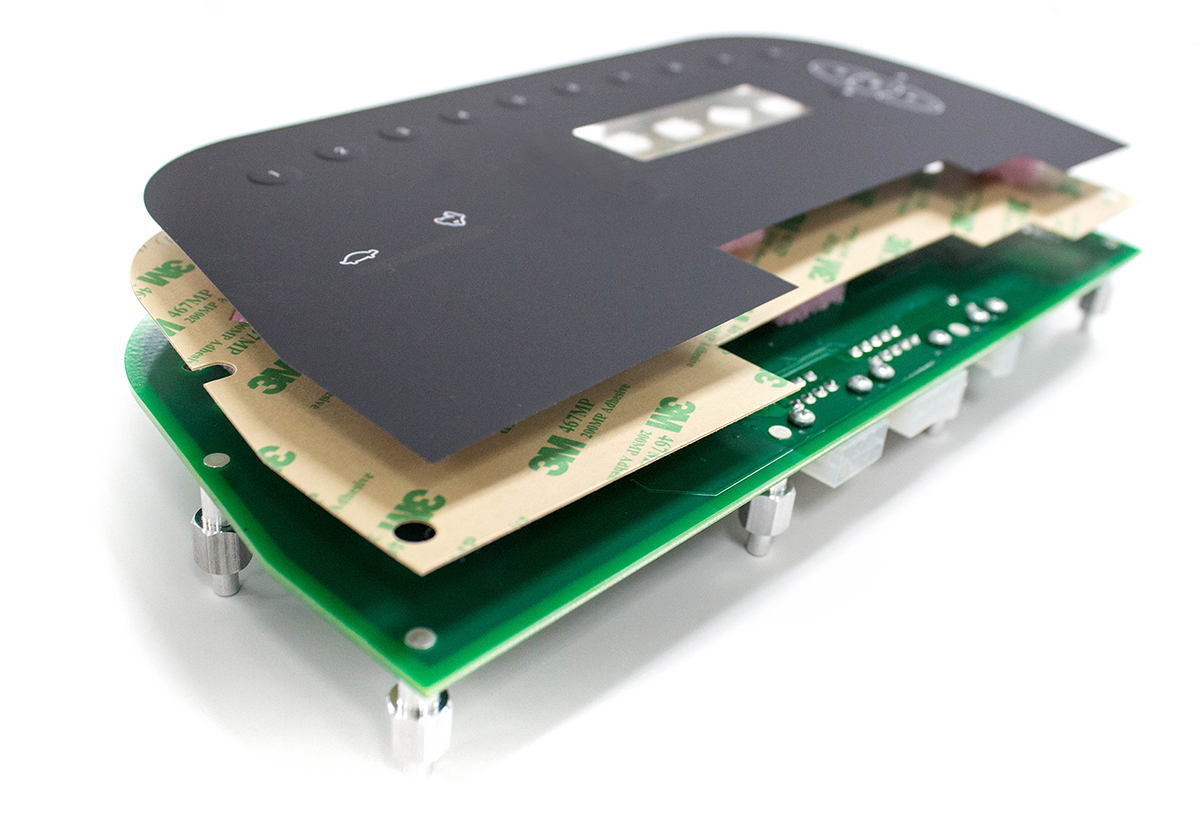The Duty of Graphic Overlays and Panels in Enhancing User Experience
Graphic panels and overlays serve as essential elements in digital interfaces, significantly influencing user experience through their ability to boost navigation and offer contextual info. Understanding the nuances behind their layout and execution elevates essential inquiries regarding their efficacy and potential restrictions, inevitably shaping how we perceive user experience in an electronic landscape.
Interpretation of Graphic Overlays
Graphic overlays serve as essential components in the world of customer experience design, boosting the communication between individuals and digital interfaces. These visual aspects are laid over on existing content to give extra info, promote navigation, or improve aesthetic appeal. Usually, graphic overlays can consist of text, icons, switches, and visual signs, every one of which play important roles in leading user behavior.
The key feature of visuals overlays is to develop interactive layers that improve functionality without frustrating the individual. By offering pertinent details contextually, overlays can enhance the customer trip, making it simpler to gain access to tools or attributes without navigating far from the main content. They usually utilize openness and layering techniques to keep the exposure of underlying components while making certain that the overlay content stays famous.
In addition, graphic overlays can be vibrant, reacting to customer actions such as clicks or hovers, which enhances engagement. They are generally utilized in applications, websites, and different digital media to offer feedback, tutorials, or notifications. In recap, graphic overlays are crucial in enriching customer experience, mixing performance with aesthetic design to develop intuitive, interactive environments.
Significance of Visual Pecking Order
Visual power structure plays a substantial function in assisting individual focus and helping with reliable communication within visuals overlays and panels. By organizing aspects in a manner that shows their relative importance, developers can guide individuals seamlessly with web content, ensuring that crucial information is conveniently obtainable.
The establishment of aesthetic hierarchy is achieved via various design methods, such as dimension, shade, comparison, and spatial plan. Bigger elements normally stand out, while contrasting shades can highlight particular areas, making them attract attention. Moreover, grouping related items together with proximity boosts cognitive processing, permitting users to promptly understand the information provided.
Including a clear aesthetic hierarchy not only improves navigating but additionally boosts the overall individual experience. Individuals can successfully analyze and scan web content, lowering cognitive load and decreasing prospective irritation. This structured strategy help in developing a logical flow, directing customers from primary activities to additional options without frustrating them.
Inevitably, a distinct visual power structure is crucial for creating user-friendly user interfaces within visuals overlays and panels. It promotes an extra user-centric and engaging experience, guaranteeing that the design successfully interacts its desired message while satisfying customer needs.
Enhancing Readability and Availability
To enhance readability and availability in visuals overlays and panels, designers should prioritize clarity and straightforward layouts (Graphic Overlay and Panels). Secret factors learn the facts here now consist of font style contrast, choice, and dimension, all of which considerably impact just how conveniently users can understand info. Sans-serif typefaces are typically favored for digital interfaces because of their tidy lines, adding to better legibility on screens

Furthermore, organizing content via clear headings, subheadings, and bullet factors can enhance the individual's capability to check info swiftly. This structured method enables users to digest material a lot more effectively, enhancing total customer experience.
Incorporating alternate text for photos and taking into consideration screen viewers compatibility are vital for availability. By addressing these elements, graphic overlays and panels can deal with a diverse target market, making certain that all users, despite their abilities, can accessibility and involve with the information provided successfully.
Interactive Functions and Interaction
Incorporating interactive functions right into visuals overlays and panels can significantly enhance customer involvement and experience. By allowing users to interact with aesthetic components, developers can develop a more immersive setting that motivates expedition and individual link. Functions such as sliders, clickable buttons, and computer animated symbols can change static details right into vibrant material, allowing customers to control information and receive prompt responses.
In addition, interactive overlays can direct customers with facility info, streamlining navigating and raising retention. Tooltips and pop-up food selections can offer contextual aid, making certain users have the required information at their fingertips without overwhelming them. This customized approach helps provide to varied user requirements and choices.
Incorporating gamification aspects, such as development bars and incentives for communication, can even more incentivize individual interaction. By making the experience pleasurable and rewarding, users are most likely to invest time and initiative into the interface.
Eventually, the integration of interactive attributes in graphic overlays and panels not only improves visual allure yet likewise fosters a much deeper connection between the material and the individual, resulting in boosted contentment and use.
Case Researches and Instances
As developers seek to create appealing user experiences, examining case research studies and real-world instances becomes crucial for recognizing the effectiveness of these details graphic overlays and panels. A leading economic institution used graphic overlays to streamline deal processes, resulting in a 30% increase in customer fulfillment.
An additional engaging instance is located in the video gaming industry, where overlays improve immersion. A popular pc gaming system incorporated dynamic graphic overlays to present in-game data and player efficiency metrics, considerably enhancing user engagement - Graphic Overlay and Panels. Players reported really feeling extra attached to the gameplay, with a 25% boost in session period observed
Additionally, e-commerce sites have leveraged visuals panels to showcase promos and item info properly. A prominent online merchant introduced an overlay panel that highlighted limited-time deals, leading to a 40% increase in conversion prices.
These study highlight that when thoughtfully created, visuals overlays and panels not just boost user experience but also drive quantifiable organization end results, verifying their value across different markets. (Graphic Overlay and Panels)
Final Thought
In conclusion, visuals overlays and panels dramatically enhance user experience by giving intuitive navigating and context within electronic interfaces. Interactive functions foster customer interaction, resulting in deeper links with the material.
